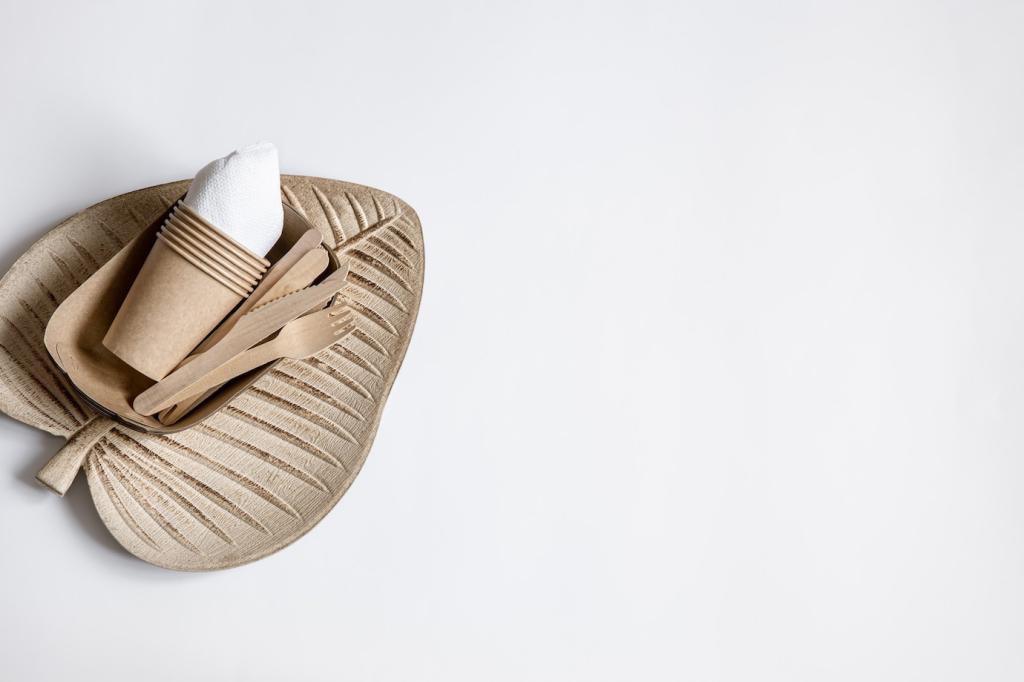A Story of Change: The Small Label That Could
The report stung: excessive overtime, missing training records, inconsistent PPE use. Instead of switching factories, the label chose to stay, listen, and invest. Would you support a brand that admits flaws publicly? Share how honesty influences your trust.
A Story of Change: The Small Label That Could
Together they funded ventilation upgrades, supervisor training, and a worker committee with paid meeting time. Ethical sourcing in the fashion industry means co-creating progress. What improvement plans would you prioritize first? Add your top three.






